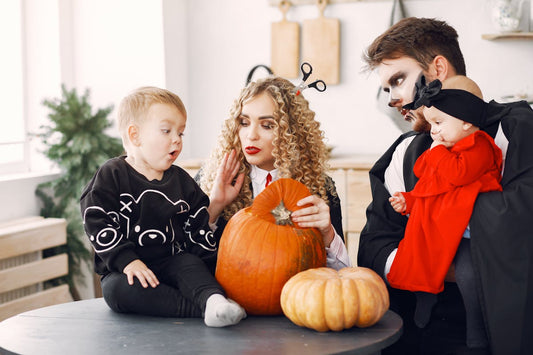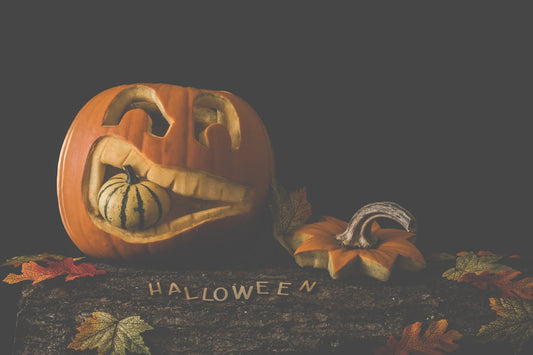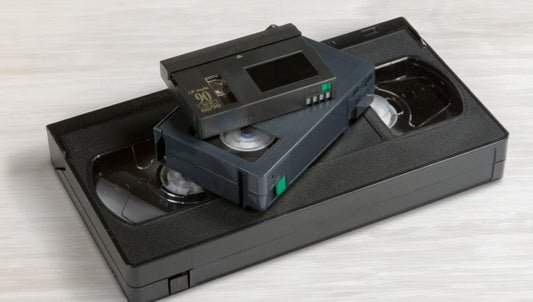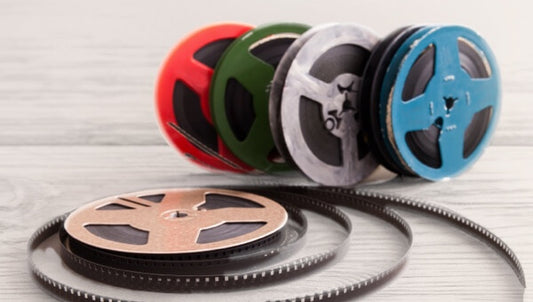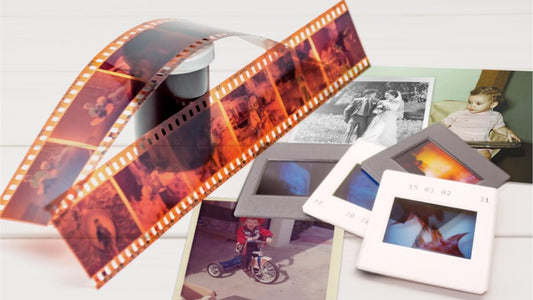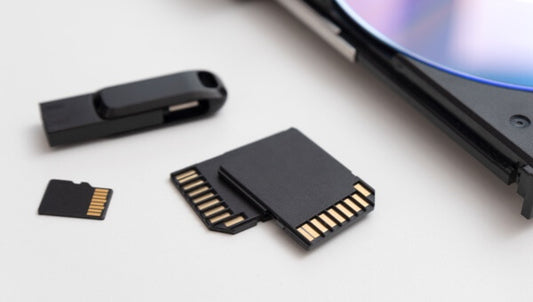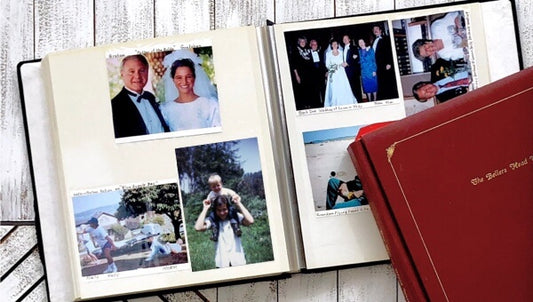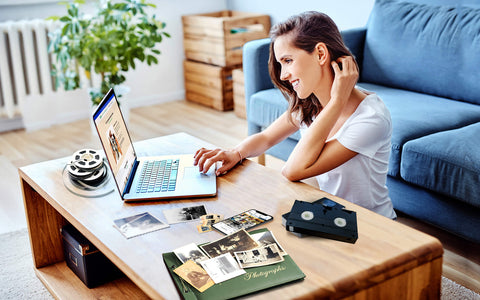Halloween through the decades tells a story of how one night of celebration has continually evolved with culture, creativity, and technology. From ancient Celtic rituals to neighborhood parades and today’s digital displays, each era reflects the spirit of its time. What began as a harvest festival filled with bonfires and superstition became a community-centered holiday of costumes, candy, and connection. This timeline explores how Halloween has changed throughout the years, what it looked like 2,000 years ago, 100 years ago, and how families continue to celebrate it today through photos, videos, and cherished traditions.
When Did Halloween Start
Halloween traces its roots to the ancient Celtic festival of Samhain, celebrated more than 2,000 years ago in regions that are now Ireland, the UK, and northern France. Samhain marked the end of the harvest and the beginning of winter, a time when people believed the boundary between the living and the dead grew thin.
Over time, as Christianity spread, the church incorporated Samhain traditions into All Saints’ Day (All Hallows’ Day) on November 1, with the evening before becoming All Hallows’ Eve - or what we now call Halloween. Irish immigrants brought the celebration to the United States in the 1840s, shaping it into the community-centered holiday we know today.

Black and orange symbolize night, harvest fire, and the shift from summer to winter.
What did Halloween look like 2000 years ago
Two thousand years ago, Halloween was more spiritual than spooky. The Celts built bonfires, wore animal-skin disguises, and offered harvest foods to ancestors. The holiday blended fear and reverence, a way to honor spirits while protecting homes from mischief.
Even then, light and darkness played a symbolic role - the earliest hints of why black is a Halloween color, representing night, mystery, and the turning of the year.
The Meaning Behind Halloween Colors
Black and orange are more than just festive hues; they tell the story of Halloween itself.
- Black represents the mystery of autumn nights, the end of the harvest season, and the symbolic “death” of summer.
- Orange celebrates warmth, fire, and abundance - from glowing jack-o’-lanterns to the flicker of candlelight.
Together, they capture the balance between life and death, light and darkness, the same contrast that has defined Halloween since ancient times.
From Turnips to Pumpkins – The Jack-o’-Lantern Story
Long before pumpkin carving became a Halloween staple, families in Ireland and Scotland carved turnips or beets to ward off wandering spirits. These carved lanterns, often simple faces with candles inside, were meant to guide good spirits home and keep mischief away.
When Irish immigrants arrived in America, they discovered pumpkins - softer, larger, and easier to carve. By the early 1900s, pumpkin carving had become part of school festivals and local parades, transforming into a cheerful family activity.
Today, the jack-o’-lantern remains Halloween’s most enduring symbol - a glowing link between old-world superstition and modern celebration.
What was Halloween like 100 years ago
A century ago, Halloween in the 1920s and 1930s revolved around parades, neighborhood socials, and homemade fun. Candy was not yet the focus; instead, games like bobbing for apples, homemade costumes, and decorative lanterns made from gourds were staples.
Families exchanged Halloween postcards, hosted small gatherings, and captured the night in black-and-white photographs. Many of these images, now yellowed with age, offer beautiful photos of Halloween throughout the years that show how simple, handmade creativity defined the holiday’s charm.
The 1950s neighborhood porches and pumpkin steps
Postwar optimism shaped Halloween into a family event. Trick-or-treating became mainstream in the United States during this decade, when candy companies began promoting it as a family-friendly activity that encouraged safe, cheerful neighborhood fun. Suburban porches glowed with carved pumpkins, and costume stores started appearing. Parents captured front-step portraits with flash cameras - the first real wave of “Halloween photo albums.”
Television shows began featuring Halloween episodes, helping families share a unified sense of fun across the country. From tidy suburban lawns to small-town streets, this was the decade when community bonds and cheerful décor made Halloween less about fear and

In the 1950s trick-or-treating became mainstream and family photo albums grew.
The 1960s craft culture and brighter packaging
Mass production met creativity. Candy companies expanded, vinyl masks appeared, and homes embraced orange-and-black color schemes. Families used 8mm film to record parades and school plays, giving us moving photos of Halloween throughout the years that captured pure mid-century joy.
Homemade touches still thrived. Hand-sewn costumes, paper mâché pumpkins, and string-light decorations mixed with store-bought candy bags. The mix of tradition and innovation reflected the 1960s perfectly: colorful, creative, and ready to be remembered on film.
The 1970s Block Parties and Haunted Basements
Halloween parties moved indoors. Families transformed basements into haunted houses with glowing lights, spooky soundtracks, and handmade props. The rise of Polaroid cameras made instant snapshots part of the experience, a glimpse into how Halloween was celebrated in the past with homegrown imagination.
The 1980s and Pop Culture Costumes
The 1980s brought camcorders, VHS tapes, and pop-culture influence. Ghostbusters, superheroes, and movie icons filled the streets. Families filmed hours of trick-or-treating, and those Halloween home movies became treasured keepsakes.
This era also cemented Halloween as both a playful and cinematic celebration, one many families are now rediscovering as they digitize old tapes.
The 1990s Trunk-or-Treat, and Cozy Movie Nights
By the 1990s, recording Halloween was effortless. Compact camcorders and disposable cameras documented it all - from costume parades to first “trunk-or-treat” events in parking lots. Families often ended the night with pizza, blankets, and classic Halloween movies, reflecting a cozy, communal feel that still defines modern celebrations.
The 2000s and Yard Spectacles
Technology shaped the early 2000s Halloween aesthetic. Digital cameras captured candid smiles, DVDs replaced albums, and synchronized yard displays became neighborhood attractions. The mix of DIY creativity and store-bought technology marked a new phase in how Halloween changed throughout the years, blending innovation with nostalgia.

Across Halloween through the decades, families still gather after dark to share a little wonder together.
The 2010s to Today
In the 2010s, smartphones and social media brought Halloween online. Families coordinated costumes, shared highlight reels, and even used projectors to cast animations on houses. Today, sustainability and inclusivity guide the celebration - eco-friendly costumes, allergy-safe treats, and accessibility-minded decorations show how the holiday continues to evolve with the times.
Each decade added a new chapter to the Halloween story; from flickering bonfires to digital displays. What remains constant is the joy of seeing how families come together to celebrate. Every generation has its version of magic, captured in photos, videos, and laughter shared across time.
Create Your Family Halloween Timeline
Your home might hold a living record of Halloween through the decades - film reels, tapes, photos, and digital clips capturing generations of fun. Gather those memories, label them by decade, and bring them together in one digital library.
Gather those memories, label them by decade, and bring them together in one digital library. Once you digitize home movies and photos, you can relive porch portraits, parades, and costume moments from every generation, all in one safe and shareable place.
Whether it’s a 1980s camcorder tape or a 2000s digital camera file, Capture helps you preserve every era of Halloween, safely stored, beautifully organized, and easy to share.



